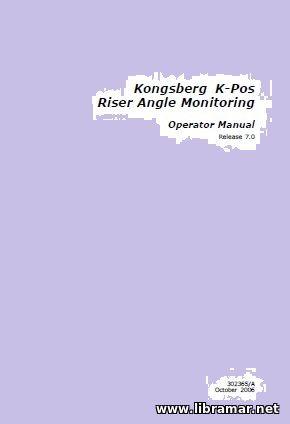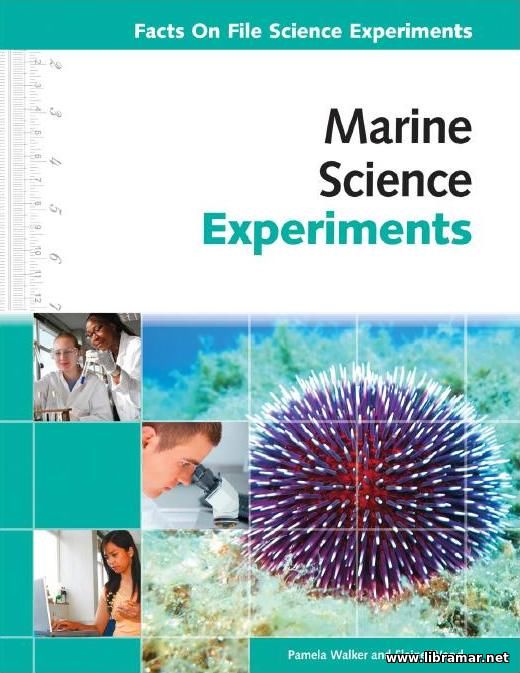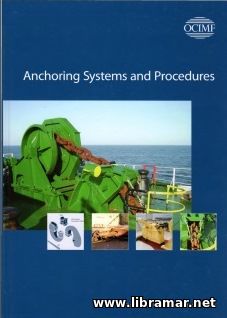Introduction to the Port State Control
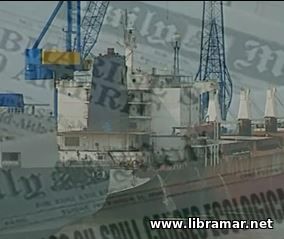
The basic inspection regime for all the MOUs is the IMO conventions. These include the Load Lines, SOLAS, MARPOL, STCW, COLREG and Tonnage conventions. Some MOUs also examine compliance with the relevant ILO conventions. Ships can check each MOU’s website for the further requirements. Complications can arise because for all members of MOUs, their national legislation will take priority over the MOU agreements.
MOUs have different levels of inspection. The initial inspection usually takes about three hours. If there are clear grounds to concern, it may progress to a more detailed inspection, adding another hour or two. Ships with a poor inspection history may be subject to a more detailed inspection. If the Master believes that port state control inspection is likely, he should double check the gangway watch. An ineffective or absent gangway watch will start the inspection badly as it implies poor compliance with the ISM Code. A proper gangway watch must always be in place. The ISPS Code must be strictly kept to. Ships with high target scores, such as old bulk carriers, passenger ships, oil tankers and gas and chemical carriers, will be subjected to an expanded inspection which will take six to eight hours.
MOUs have different levels of inspection. The initial inspection usually takes about three hours. If there are clear grounds to 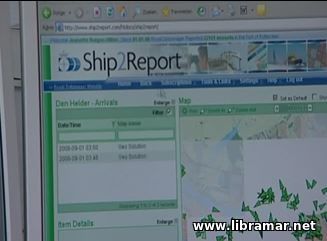 concern, it may progress to a more detailed inspection, adding another hour or two. Ships with a poor inspection history may be subject to a more detailed inspection. If the Master believes that port state control inspection is likely, he should double check the gangway watch. An ineffective or absent gangway watch will start the inspection badly as it implies poor compliance with the ISM Code. A proper gangway watch must always be in place. The ISPS Code must be strictly kept to. Ships with high target scores, such as old bulk carriers, passenger ships, oil tankers and gas and chemical carriers, will be subjected to an expanded inspection which will take six to eight hours.
concern, it may progress to a more detailed inspection, adding another hour or two. Ships with a poor inspection history may be subject to a more detailed inspection. If the Master believes that port state control inspection is likely, he should double check the gangway watch. An ineffective or absent gangway watch will start the inspection badly as it implies poor compliance with the ISM Code. A proper gangway watch must always be in place. The ISPS Code must be strictly kept to. Ships with high target scores, such as old bulk carriers, passenger ships, oil tankers and gas and chemical carriers, will be subjected to an expanded inspection which will take six to eight hours.
Under the Paris MOU, the ship is obliged to inform the port if it believes that it is due for the mandatory annual inspection. The Paris MOU website lists the types of ship for which this is required. Always ensure that the PSC officer is escorted to the Master’s cabin. Be aware that the inspector will be looking around to see the state of the ship.
Once the PSCO is on board, the Master should prepare the ship’s documentation for inspection. The ship should know that the PSCOs are not surveyors and their job is to confirm that the ship is in good structural condition, well managed and crewed by properly trained and competent personnel. A good test of this is documentation, so all port state inspections will start with a full examination of the ship’s documents. The ship must have the convention certificates required for its type, its year of built, its tonnage and for the cargo it carries. Particular attention will be paid to the manning documentation. All the crew certificates will be examined to check compliance with the STCW convention. In an initial inspection at least one hour will be taken up with examining the documents.
One common problem is crew members who have not signed their Flag State endorsements. It is better for them to do this before the arrival of the PSCO. There are a number of areas where documentation is particularly carefully examined; one of them is 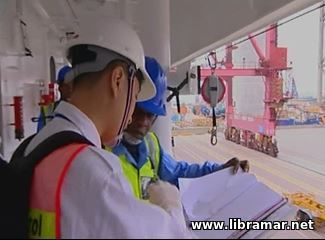 the ISM Code. The DOC and SMC will always be examined. It is important because these documents reflect the ability and commitment of the operating company managing the ship. If these documents are inaccurate or not up to date, then the ship’s SMS is liable to be examined thoroughly.
the ISM Code. The DOC and SMC will always be examined. It is important because these documents reflect the ability and commitment of the operating company managing the ship. If these documents are inaccurate or not up to date, then the ship’s SMS is liable to be examined thoroughly.
Another document that will be examined in detail is the Oil Record Book. This is because people and politicians are very sensitive about oil spills. The ORB should be detailed and filled correctly, be consistent with the IOPP certificate; the entries should tally with the capability of the oily water separator. Any mistake in the book should be clearly crossed out and the correction signed with the initial mistake made ineligible. Any doubts or inconsistencies will be of great concern to any PSCO.
If the ship’s certificates are acceptable and the PSCO has no clear grounds for a more detailed or enhanced inspection, the next stage of inspection will be a walk around the ship. Usually the Master will accompany the PSCO, but it does not have to be the Master. What’s important is that the PSCO is accompanied by the senior officer who can answer any questions. There is no specific order for the areas to be visited; generally, the order is the bridge, then the deck including all the safety equipment, followed by the engine room, and end up in the galley. Sometimes one PSCO will examine the deck, and another the engine room.
On the bridge the PSCO will want to be reassured that all the equipment is functioning, that the reference books are up to date, and that there is detailed voyage planning. There must be a system in place for chart correction. There may be cultural differences between the ship’s personnel and the PSCO but must show mutual respect. Neither side should try to mislead the other. There may be differences between PSCOs from different MOU ports but the inspection regime is the same. Each PSCO is a professional and they use their professional judgment in their work.
For the survival craft the PSCO will want to see that they are in good condition and that they have been inspected as scheduled. 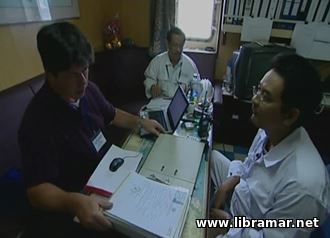 PSCOs will need to be certain that regular drills take place. They can ask for a safety drill to be performed provided the Master decides it is safe to do so.
PSCOs will need to be certain that regular drills take place. They can ask for a safety drill to be performed provided the Master decides it is safe to do so.
It is easy to find faults in any ship because no ship is ever perfect. The question is - does the deficiency or fault threaten the personnel or the environment? If there are serious deficiencies, then the PSCO has clear grounds for a more detailed inspection. As well as referring to the appropriate conventions, PSCOs use their professional judgment to determine this.
PSCOs will want to look at the cargo plan and may want to speak to the chief officer; they must accommodate their inspections to the operational needs of the ship and its crew. On deck, the PSCO will look at current cargo operations. They will also look for any leakage from pipes and also check if the mooring lines are well maintained.
In the engine room the PSCO will need to be accompanied by the engineer. The general appearance is important - is it clean and tidy, are there any obvious leaks, etc. Because of the political sensitiveness of oil pollution, there will almost always be inspection of the oily water separator. The officer in charge of it should be ready to accompany the PSCO and the evidence of the recent repairs, such as free paint around the flanges, will lead to questions. The PSCO will want to see that the emergency steering gear is functioning properly and properly maintained.
In the galley, the PSCO will be looking for information on the crew’s living condition – is the galley clean, is the equipment for fighting fires on the stoves readily available, is the food properly stored, is there enough food for the next voyage? The PSCO may ask any crew member about his duties; the objective is to ensure that the people on board are competent. There may be questions about the disposal and the records of disposal of garbage.
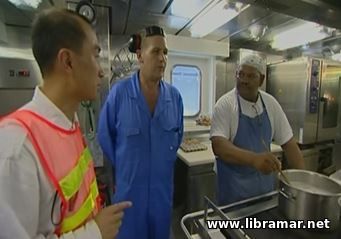 Crew members may be asked what there emergency duties are. The senior management team should ensure that all crew members know how to respond to any question. They must keep it simple and to the point, never elaborate and always be polite. The PSCO is there to confirm that everything on the ship is up to industry standards. If the PSCO has serious concerns about the ship, they have the power to detain it. This sanction is only applied when the PSCO finds deficiencies that pose an unreasonable risk to the environment or make the ship unfit to go to sea. There will always be the right of appeal but the details of this vary between different port states as it depends on national legislation.
Crew members may be asked what there emergency duties are. The senior management team should ensure that all crew members know how to respond to any question. They must keep it simple and to the point, never elaborate and always be polite. The PSCO is there to confirm that everything on the ship is up to industry standards. If the PSCO has serious concerns about the ship, they have the power to detain it. This sanction is only applied when the PSCO finds deficiencies that pose an unreasonable risk to the environment or make the ship unfit to go to sea. There will always be the right of appeal but the details of this vary between different port states as it depends on national legislation.
The PSCO will always go through the findings with the master and discuss any deficiencies found. It is unusual for the ship to have no deficiencies. There may be differences between the conventions and local legislation. The ship will have to comply with port state legislation even if its own flag state regulations are less strict. The PSCO must have evidence of any deficiency and the Master must check that this is not the result of misunderstanding. The PSCO may want to be reassured that all minor deficiencies will be rectified before departure.
Usually, the final meeting is a discussion between fellow professionals to sort out small differences of opinion. It is important that any action taken by the PSCO is consistent with the nature and seriousness of the deficiency. The PSCO can insist that the deficiencies are put right before departure or within forty days or at the next port. A message will be sent to the next port and the consequences are serious if the ship does not go there for repairs.
If the deficiency that led to the detention is put right immediately, it may not delay the ship but it will still be recorded as a detention in a PSCO’s report. If there are disagreements then the Master should be firm but polite and let the ship‘s operator deal 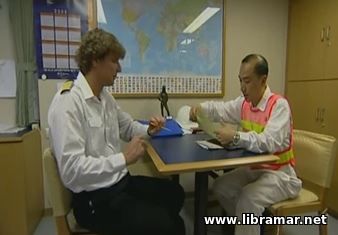 with it.
with it.
All inspections must be documented and recorded with all deficiencies noted together with the time allowed for rectification. The majority of the MOUs make these inspection reports available to the maritime community. This is a part of the naming and shaming the inadequate ship operators. But, for the properly managed ship and trained personnel there will always be the positive result from the port state inspection.
The PSCO’s primary function is to ensure that the ships is not putting at risk the people, waterways, ports and sea board of the port state. The global spread of port state control has improved the safety at sea; it also helps ensure that all ship operators are competing to business on equal grounds. It’s an everyone’s interests, those on board ship and also owners, operators, and managers as well as charterers to improve and maintain all shipping to high standards, and port state control makes the major contribution to this objective.
The "Read Later" function allows you to add material to this block with just one click. Just click on the icon and read the articles that interest you at any convenient time.
